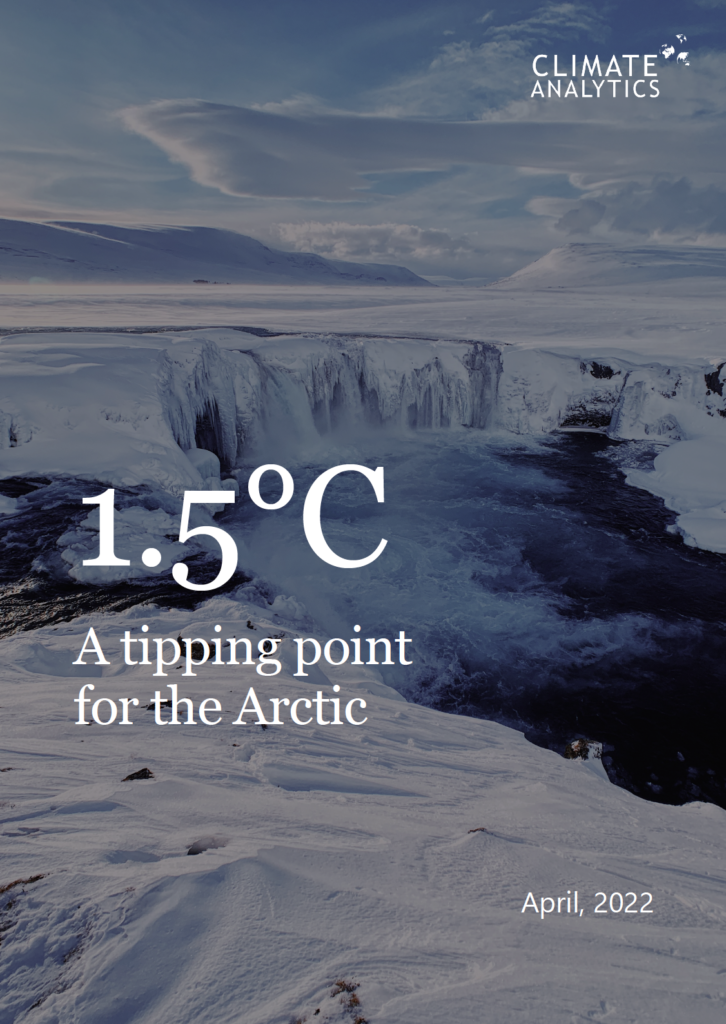1.5°C: A Tipping Point for the Arctic

The Arctic is warming at more than double the pace of the global average. The surface air temperature between January and March 2016 and 2018 was recorded at 6°C above the 1981-2010 average. Between 2014 and 2018 the annual surface air temperature exceeded that of any year since 1900.
Sea ice is continuously melting over all months of the year. The average minimum sea ice extent per decade has decreased by 31% from 1979-1988 to 2009-2018. The Greenland Ice Sheet is continuously losing mass and contributing to global sea level rise. June snow cover extent has declined by around 13% per decade from 1967 to 2018. Permafrost temperature has increased between 2007 and 2016 leading to increased thawing of the permafrost layer during summer.
The range of polar species is contracted while temperate species are expanding into the Arctic, leading to increased competition. The introduction of invasive species is threatening local flora and fauna. Important species such as reindeer and salmon are showing shifts in abundance and distribution.
At global warming levels of 1.5°C, the Arctic annual mean surface temperature increase will be twice the global average. There is high confidence that the magnitude and frequency of heat and cold extremes will increase and decrease respectively.
The first summer season with a practically sea-ice free Arctic Ocean will likely occur before 2050. At 1.5°C global warming, the likelihood of a sea ice-free September in 2100 is substantially lower than at 2°C global warming. The risk of crossing the tipping point of the Greenland Ice Sheet increases rapidly above 1.5°C. At 2°C of warming, there is a higher than 50% chance that the tipping point will be crossed. Seasonal snow cover is projected to decrease by 8% with every additional degree of warming. Near-surface permafrost will essentially disappear within this century.
Arctic communities are reaching socio-ecological tipping points. Changes such as sea ice loss, glacial melt and ecosystem shifts, which are exacerbated above 1.5°C, are threatening cultural identities, mental health, food sovereignty and water security. Communities are facing sea level rise and infrastructure collapse due to permafrost thaw further diminishing livelihoods.
The Arctic Council fails to adequately address fossil fuel emissions. The declarations resulting from the biennial ministerial meetings have recognised the threat posed by climate change, as well as the value of climate science, indigenous knowledge and the need for both mitigation and adaptation efforts. However, member countries are reluctant to adequately address the main driver of observed Arctic climate change.
––
Download file: http://CAN-1.5-A-Tipping-Point-for-the-Arctic-final_clean-May-2022.pdf

